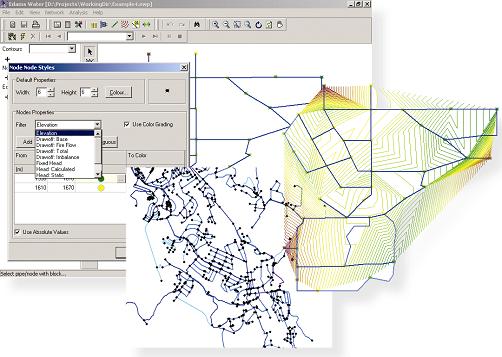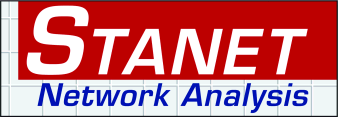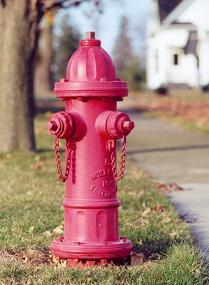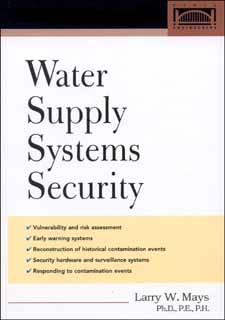PIPES++
PIPES++ is a program that does Single Balance or Extended Period Simulations of flow and water quality in a town water supply system. Fire flows can also be modelled.
Components that can be modelled include: Pipes, reservoirs, pumping stations, minor head losses, check valves, reservoir inlet control valves, various specialised control valves, pressure reducing valves, pressure sustaining valves, flow control valves and sprinklers.
You can draw the network on screen or you can import it from a DXF file, or from a GIS. Backgrounds showing streets etc can also be imported. Pipe flows may be calculated using either the Colebrook White equation or the Hazen Williams equation.
Results can be displayed on screen and customised (eg color coded for high and low pressures). Various graphs can be drawn (eg flow in a pipe, HGL at a node, water level in a reservoir). A summary of results can be pasted into a spreadsheet. Graphs can be printed or pasted into a word processor.
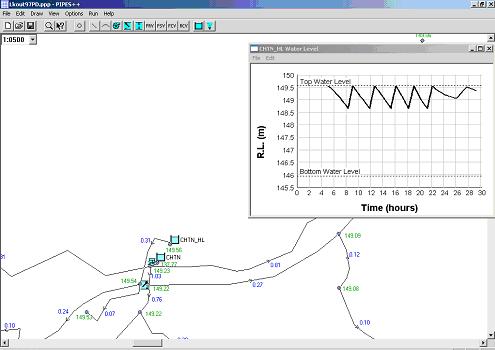
A working demo version and more information can be obtained from http://www.watercom.com.au. The on-line help system, available in the demo version, provides more detailed information on the capabilities of PIPES++.
